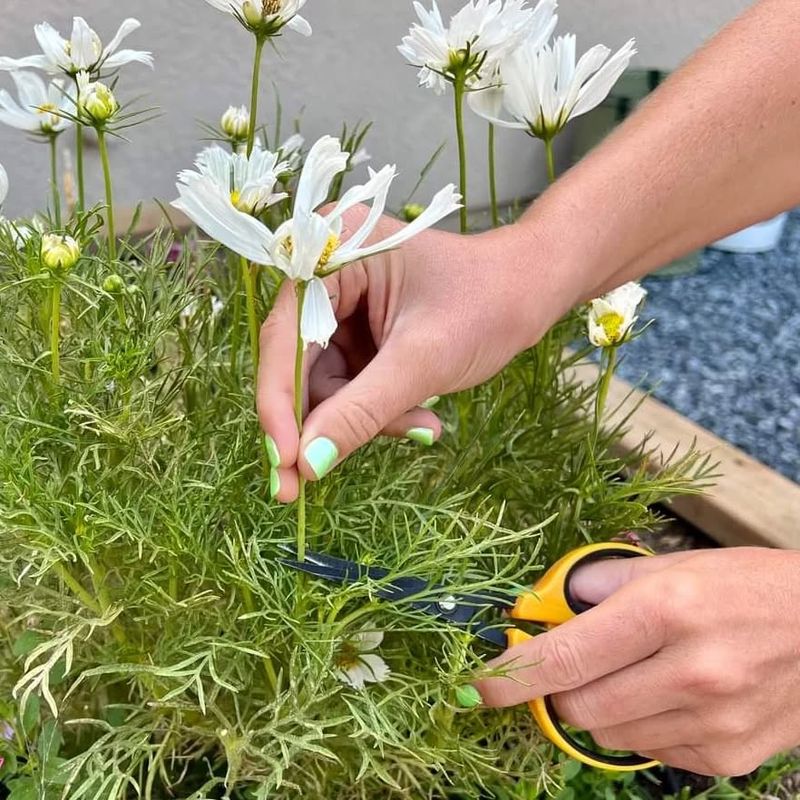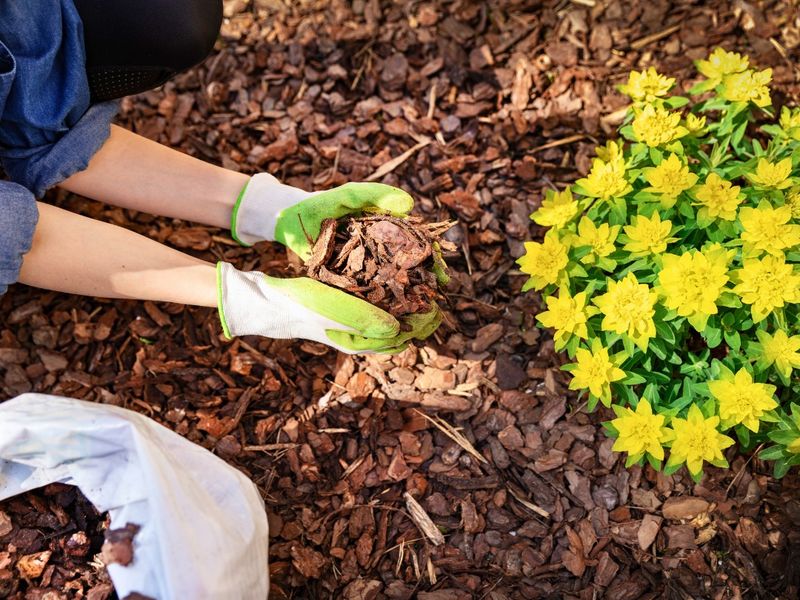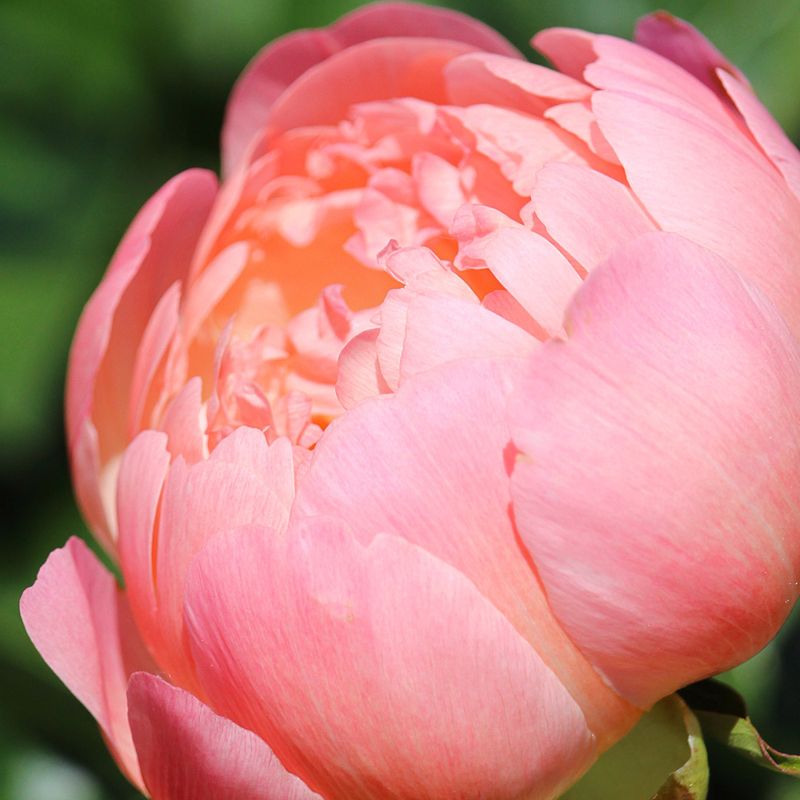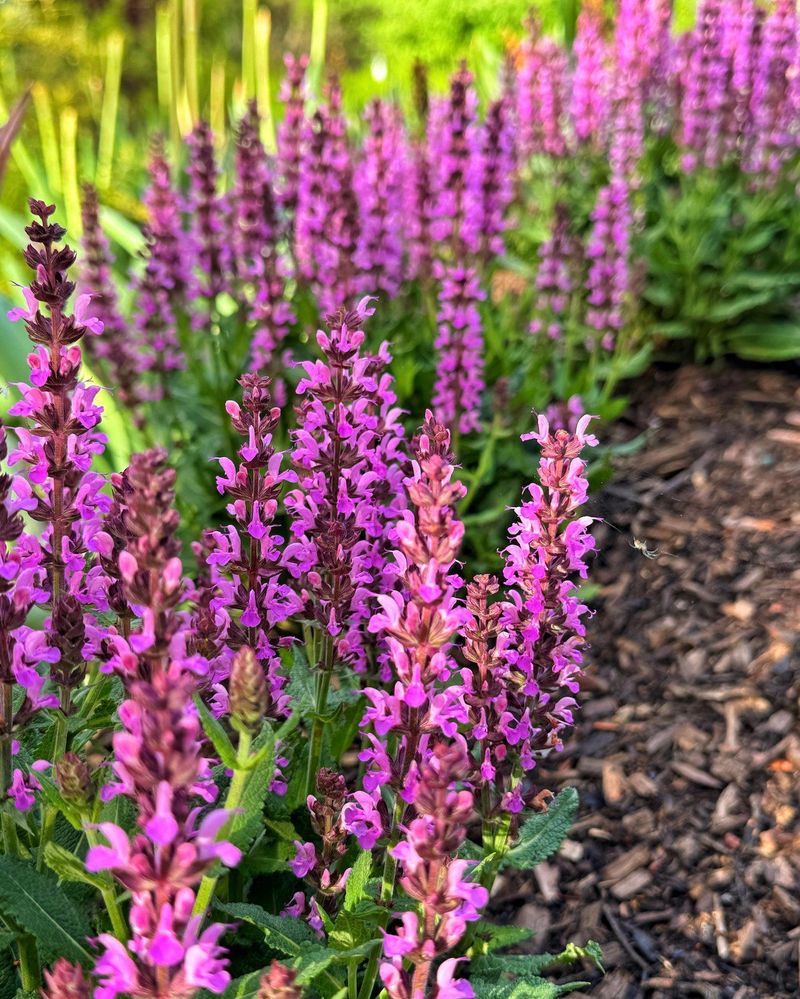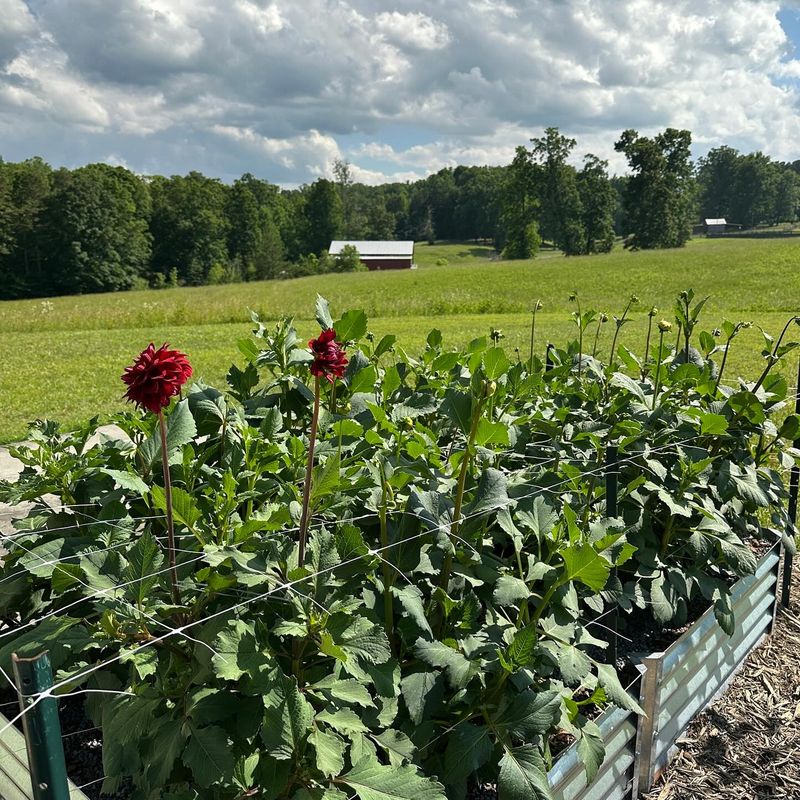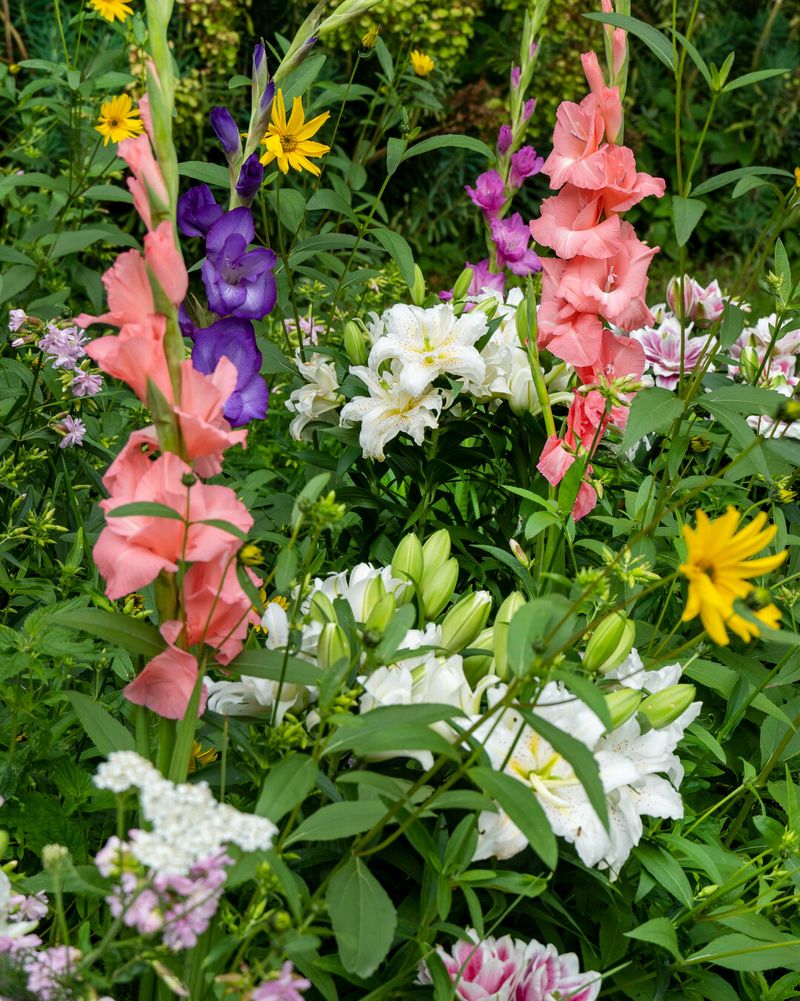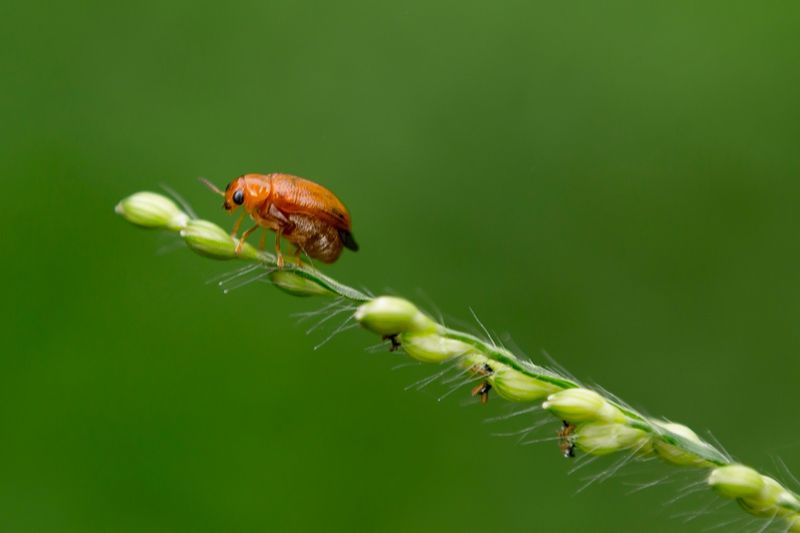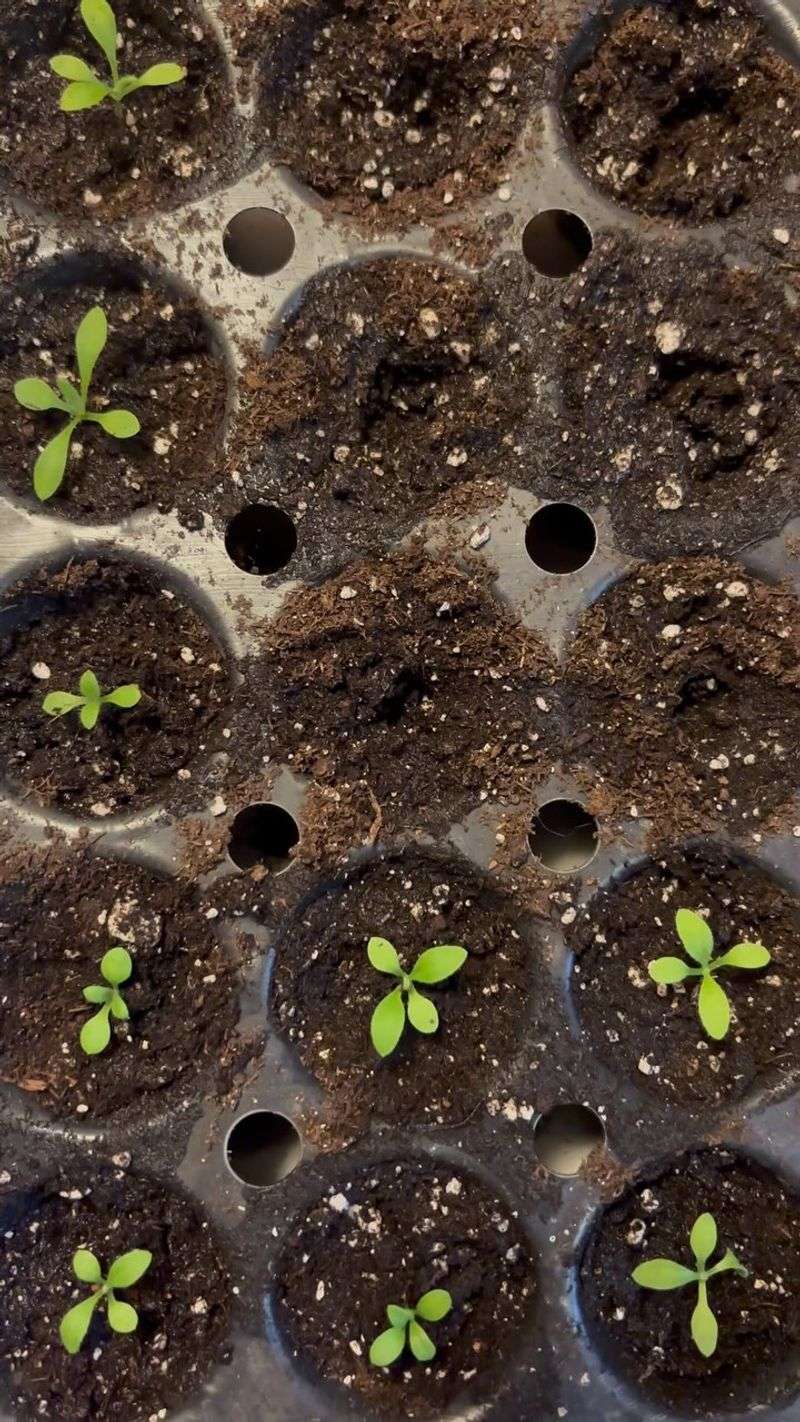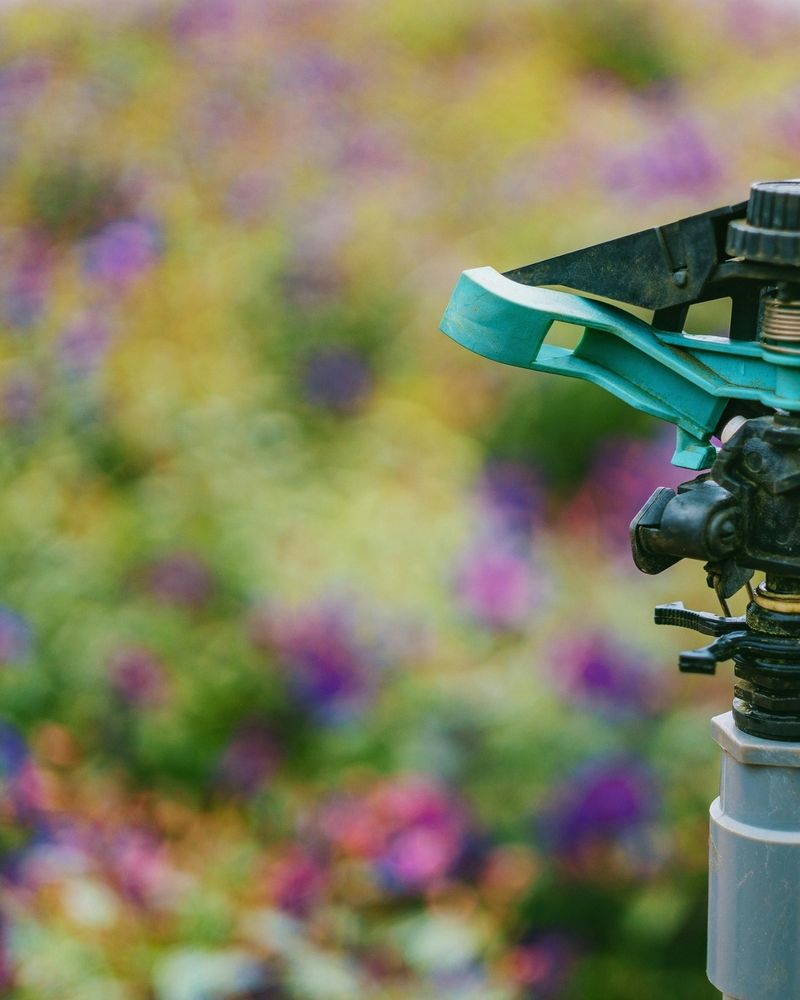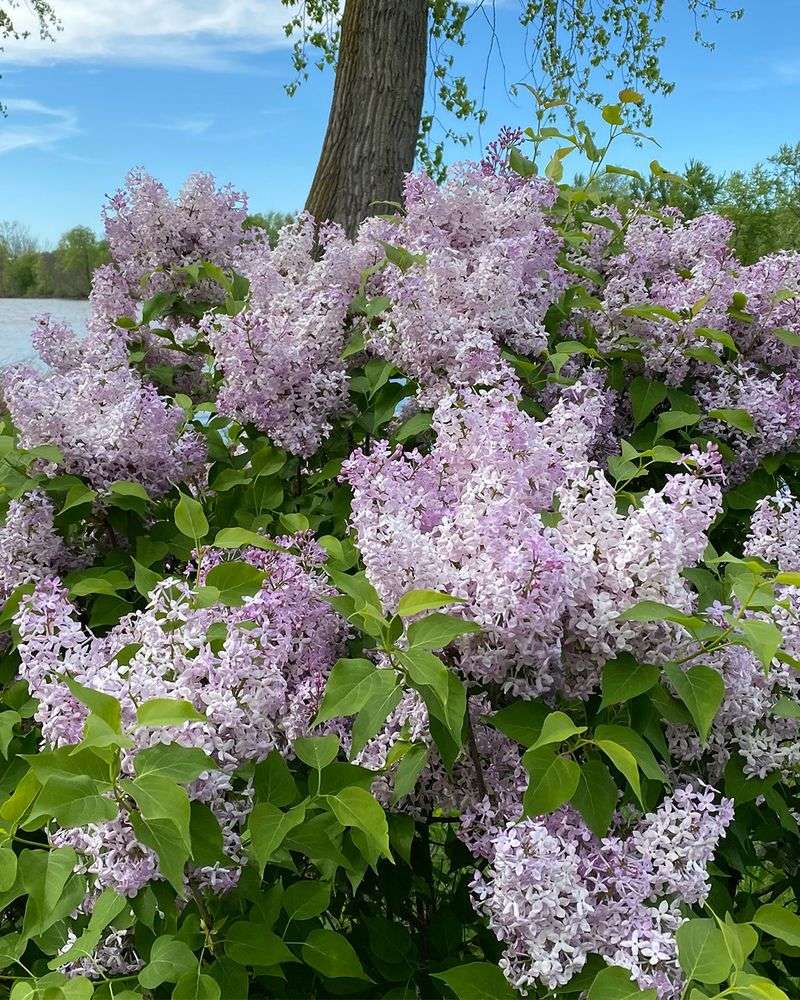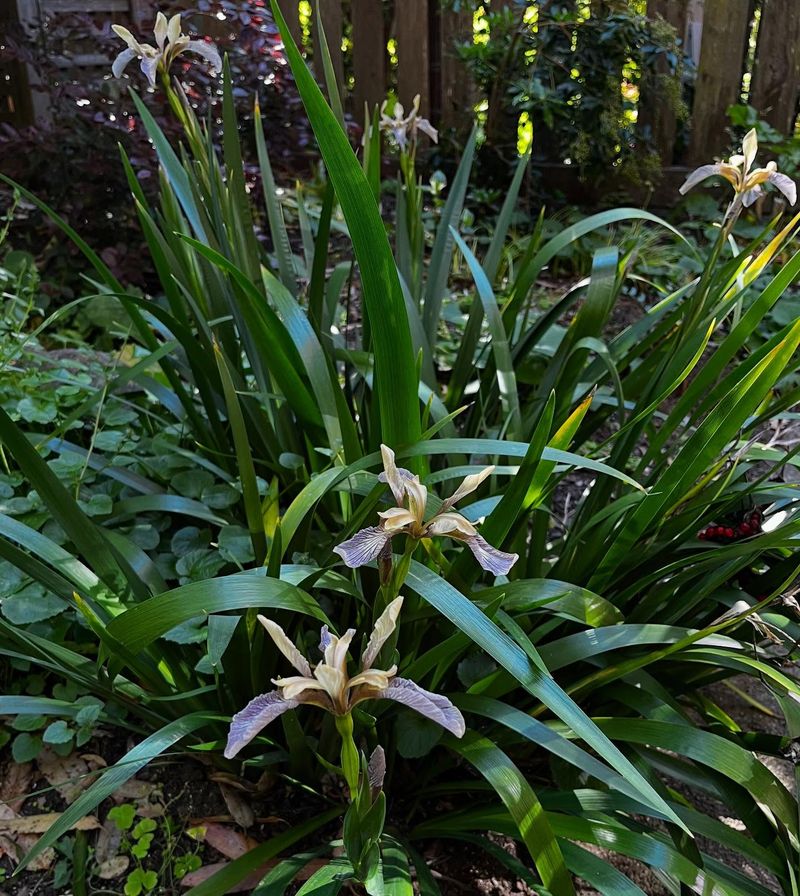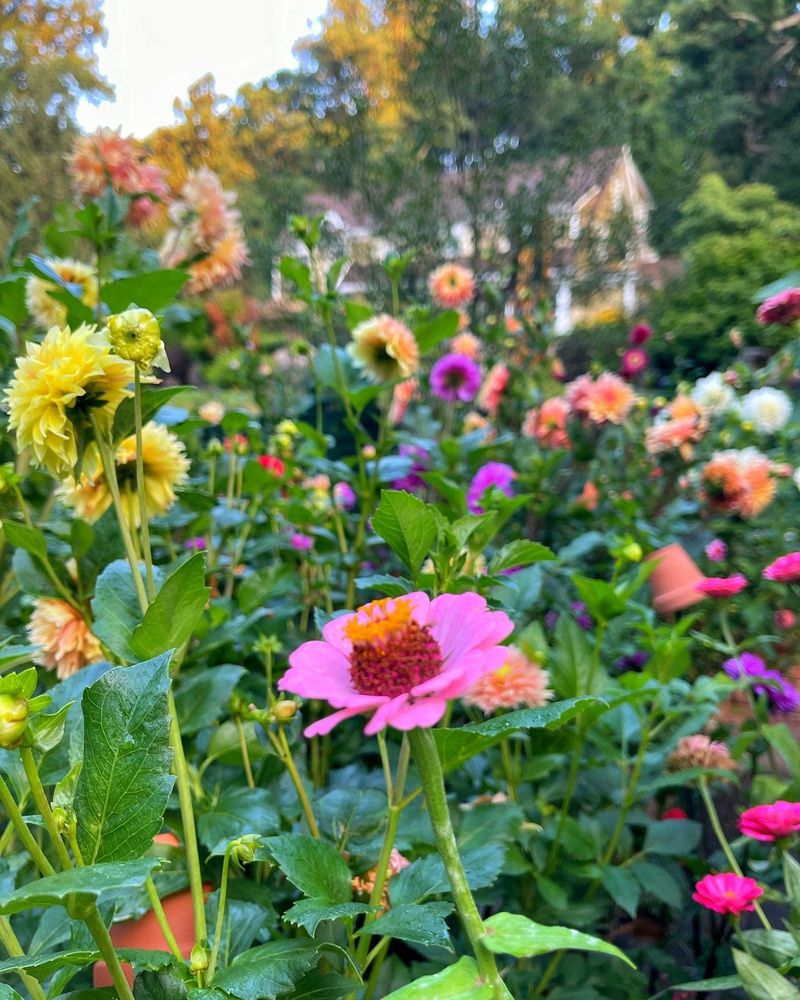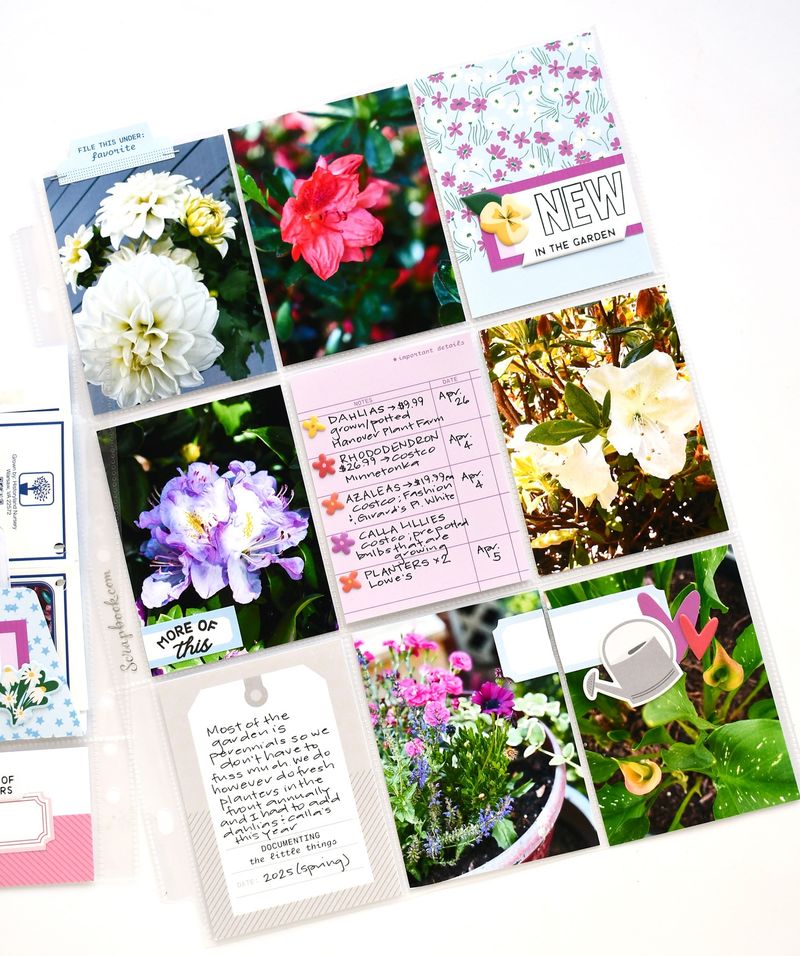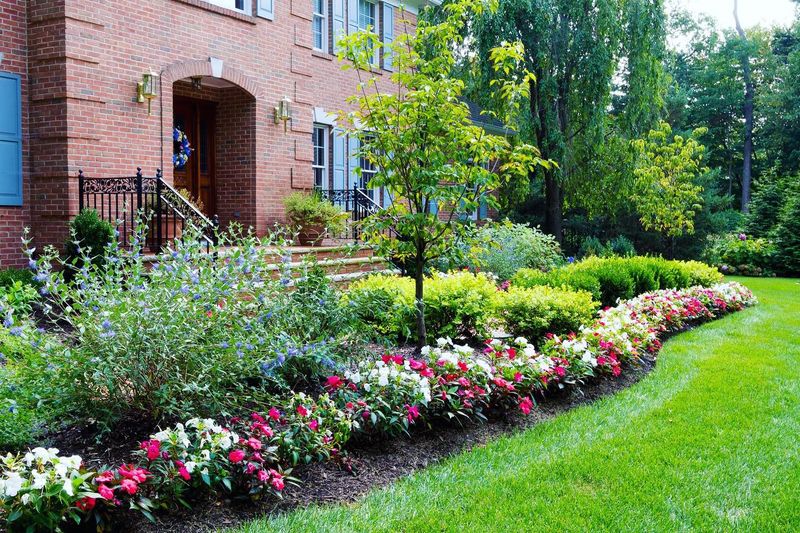Your flowers may not have voices—but if they did, they’d be shouting for your attention right now. Late May is crunch time in the garden, and these 16 must-do tasks can make or break your summer blooms.
From feeding and deadheading to quick fixes that boost flower power, here’s exactly what your garden needs before the month slips away.
1. Deadhead Spent Blooms
Snipping off faded flowers prevents plants from wasting energy on seed production. This simple task redirects their strength toward making new flowers instead.
Grab a small pair of scissors or pruners and make clean cuts just above the next set of leaves or buds. Spring bloomers like daffodils and tulips especially benefit from this care, giving you stronger plants next year.
2. Refresh Mulch Layers
Fresh mulch does wonders for flower beds by locking in moisture and blocking weeds. A 2-3 inch layer keeps roots cool as temperatures rise and reduces watering needs.
Natural options like shredded bark, cocoa hulls, or straw break down over time, adding nutrients to your soil. Apply it around plants but keep it from touching stems directly to prevent rot issues.
3. Stake Tall Growers
Many gorgeous flowers like delphiniums, peonies, and dahlias grow tall but struggle to stand upright. Adding supports now prevents heartbreak later when heavy blooms cause stems to snap.
Metal hoops, bamboo stakes, or homemade twig supports work beautifully. Position them while plants are still growing so stems naturally develop around them. This proactive step keeps your garden looking tidy through summer storms.
4. Divide Overcrowded Perennials
Spring-flowering perennials that have finished blooming can be divided now. Clumps that have grown too dense produce fewer flowers and compete for nutrients.
Dig up the entire plant, split the root ball with a sharp spade, and replant the sections. Water thoroughly after replanting to help roots establish.
This rejuvenates tired plants and gives you free new ones to expand your garden or share with friends!
5. Apply Organic Fertilizer
May is perfect timing for feeding your flowering plants. Their growing season is in full swing, and they’re hungry for nutrients to produce spectacular blooms.
Choose a balanced organic fertilizer like compost tea, fish emulsion, or a specialized flower formula. Follow package directions carefully – more isn’t better and can burn plants.
Apply around the base of plants on a cloudy day, then water thoroughly to help nutrients reach the roots.
6. Plant Summer Bulbs
While spring bulbs finish blooming, it’s prime time to plant summer-flowering bulbs like dahlias, gladiolus, and lilies. These will continue the color show when spring stars fade away.
Choose a sunny spot with well-draining soil. Dig holes about three times as deep as the bulb’s height, add some compost, then plant with the pointed end facing up.
Space them according to package instructions and water well after planting.
7. Monitor For Pests
May brings out garden pests as temperatures warm. Regular inspection catches problems before they devastate your flowers.
Look under leaves for aphids, check for holes from slugs, and watch for Japanese beetle damage. Many issues can be handled with a strong spray of water or hand-picking.
For serious infestations, consider insecticidal soap or neem oil – both effective yet gentle on beneficial insects when used correctly.
8. Edge Flower Beds
Creating clean edges between lawn and flower beds transforms your garden instantly. Sharp boundaries make even simple plantings look professionally maintained.
Use a half-moon edger or spade to cut a clear line, removing grass that’s creeping into beds. For extra polish, consider installing physical edging like stones or metal strips.
This practical task also prevents grass from stealing nutrients from your flowers.
9. Thin Crowded Seedlings
Those cheerful self-seeded annuals like poppies and cosmos create a magical garden, but they need space to thrive. When seedlings grow too close together, none develop properly.
Carefully pull extra seedlings, leaving the strongest ones spaced about 6-12 inches apart, depending on the mature plant size. It feels harsh, but remaining plants will grow healthier and produce more flowers.
Use tiny scissors for precision in crowded areas.
10. Create Support For Climbing Varieties
Climbing flowers like morning glories, clematis, and sweet peas need something to climb on. May is perfect for setting up trellises, arches, or simple stakes with string.
Position supports before plants get too big, as trying to train established vines can damage stems. Make sure your structure is sturdy enough to handle the plant’s mature weight, especially after rain.
Even lightweight options like bamboo teepees work well for annual climbers.
11. Adjust Watering Routines
Spring’s mild days are ending, and flowers need different watering as temperatures rise. Switch from frequent light watering to deeper, less frequent soaking.
This encourages roots to grow downward seeking moisture, creating stronger plants that withstand summer heat. Water early morning when possible, aiming for the base of plants rather than leaves.
Consider installing a simple drip irrigation system now to save time and water all season.
12. Prune Spring-Flowering Shrubs
Flowering shrubs like lilacs, forsythia, and azaleas should be pruned right after they finish blooming. Waiting too long means cutting off next year’s flower buds.
Remove dead branches first, then shape by cutting back up to one-third of the oldest stems at ground level. This encourages fresh growth and better air circulation through the plant.
Clean tools with alcohol between plants to prevent spreading disease.
13. Prepare For Hot Weather
Late May often brings the first truly hot days that can stress flowering plants. Creating shade for delicate varieties now prevents wilting and sun damage later.
Use shade cloth, strategically placed umbrellas, or even plant taller companions to shield sensitive flowers. Containers can be moved to morning-sun locations before summer’s full heat arrives.
This preparation is especially important for woodland flowers like bleeding hearts and astilbes.
14. Add New Companion Plants
May reveals gaps in flower beds where spring bulbs are finishing or summer bloomers haven’t filled in yet. Fill these spaces with companion plants that enhance your garden’s beauty and health.
Herbs like oregano and thyme attract pollinators while repelling pests. Marigolds deter nematodes, while alyssum attracts beneficial insects.
These functional additions keep your garden flowering continuously while creating a balanced ecosystem.
15. Create Detailed Garden Records
May shows your garden’s successes and challenges clearly. Take photos and notes now to guide next year’s planning – which combinations looked stunning, what bloomed when, and which plants struggled.
Simple sketches or plant tags on a garden map help track what’s planted where. Record bloom times, growth habits, and maintenance needs.
These observations become invaluable when ordering seeds and planning improvements for next spring.
16. Manage Lawn Edges Carefully
The border between lawn and flower beds requires special attention in May. Grass grows vigorously now and can quickly invade your carefully tended flowers.
When mowing, position wheels on the lawn side of the edge to prevent cutting flower stems. Consider installing mowing strips of brick or stone to create permanent boundaries.
A vertical cut along edges every few weeks stops grass roots from spreading underground into your flower beds.


